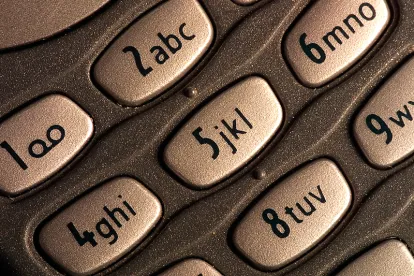As consumers and businesses await clarity from the FCC regarding the definition of “automatic telephone dialing system” (“ATDS”), district courts throughout the country continue to grapple with competing appellate decisions in order to resolve pending cases within this uncertain and fast-changing legal landscape. A recent decision, Roark v. Credit One Bank, N.A., No. 16-173, 2018 WL 5921652 (D. Minn. Nov. 13, 2018) (available here), provides an illustration of this current climate, as a Minnesota federal judge had to address four appellate cases concerning the ATDS definition from this year alone, including the seminal ACA International decision. The decision is also notable because the court concluded that the defendant’s “predictive dialing systems” did not violate the TCPA.
The Roark court faced dueling motions for summary judgment that directly raised the issue of whether the defendant’s dialing equipment satisfied the ATDS definition. To resolve this question, the court first explained how the D.C. Circuit in ACA International had rejected the FCC’s “potential functionality” approach as “overbroad” because it would render “nearly every phone on earth” an autodialer. The court next discussed recent decisions from the Second and Third Circuit (King v. Time Warner Cable Inc., 894 F.3d 473 (2d Cir. 2018) and Dominguez v. Yahoo, Inc., 894 F.3d 116 (3d Cir. 2018)), which, the court noted, “held that the proper inquiry is whether a device has the present capacity to function as an autodialer, not whether it could be modified to function as one.” Finally, the court analyzed—and rejected—the Ninth Circuit’s recent, expansive ATDS definition set forth in Marks v. Crunch San Diego, LLC, 904 F.3d 1041 (9th Cir. 2018).
Ultimately, the Roark court determined that “the correct inquiry is whether a device can generate numbers to dial either randomly or sequentially.” The evidence submitted by defendant demonstrated that its equipment did not presently have this capability. And the plaintiff had failed to show otherwise. Accordingly, the court concluded that defendant’s “predictive dialing systems do not violate the TCPA because there is no evidence in the record that they are presently used to generate and dial random or sequential numbers.”
Roark provides but one example of a district court that reached a sensible conclusion tied to the statutory ATDS definition, notwithstanding conflicting, circuit-level guidance. As we await the FCC’s forthcoming, post-ACA International ruling, it will be interesting to see how other trial and appellate courts continue to approach this issue.




 />i
/>i

